Reach Us
# 14-3, Street 6, RN Reddy Colony, Meerpet, Hyderabad
Talk to Us
+917780251666
# 14-3, Street 6, RN Reddy Colony, Meerpet, Hyderabad
+917780251666
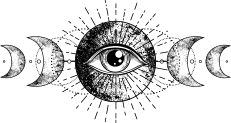
Unlock the wisdom of the stars with our Jyothisya (Vedic Astrology) consultations, clarity, guidance, or solutions to life's challenges
Jyothirvaani / Sri Veda Gayathri Jyothishalayam, led by Sri Sharath Chandra Sharma, is a renowned spiritual and astrological center in Hyderabad offering a complete spectrum of Vedic rituals and sacred ceremonies. With decades of experience in Vedic astrology, ritualistic poojas, and spiritual guidance, the Jyothishalayam is a trusted destination for those seeking divine blessings for life’s most important milestones. Vedic Poojas are sacred rituals rooted in the ancient scriptures of the Vedas. They are performed to invoke divine energies, seek blessings, remove obstacles, and harmonize the environment. These poojas are conducted by trained Vedic priests (Pandits) who chant mantras and follow precise procedures as prescribed in the Shastras.
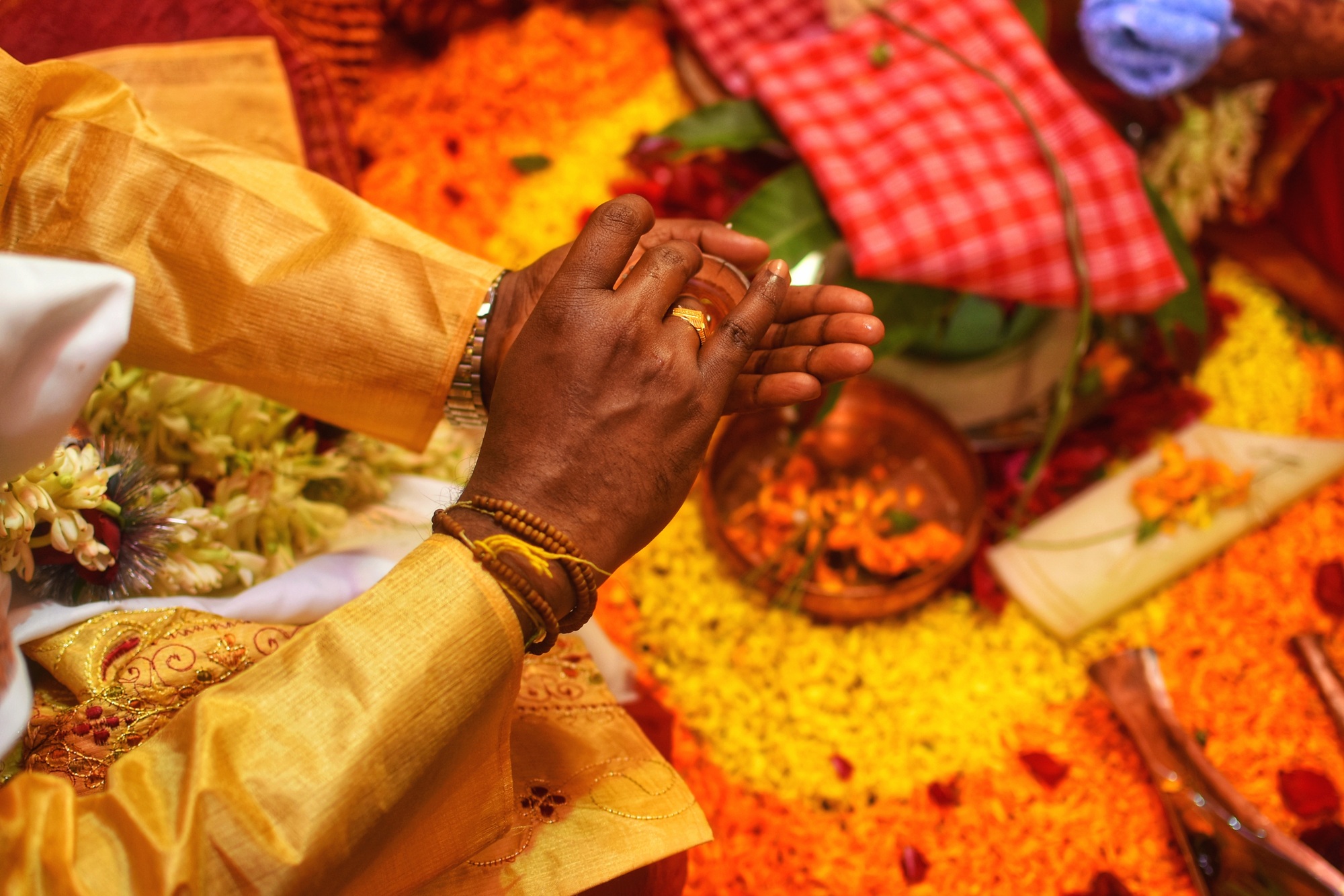
The word Samskara means refinement or purification. These rituals are performed to align the individual with dharma (righteous living) and to seek divine blessings during transitions in life.
Out of which, Vivaha is considered a sacred bond between two souls, witnessed by Agni (fire) and blessed by the Devas (gods). It is a lifelong commitment to dharma (righteousness), artha (prosperity), kama (love), and ultimately moksha (liberation). The couple becomes partners in spiritual growth, family responsibilities, and societal duties.
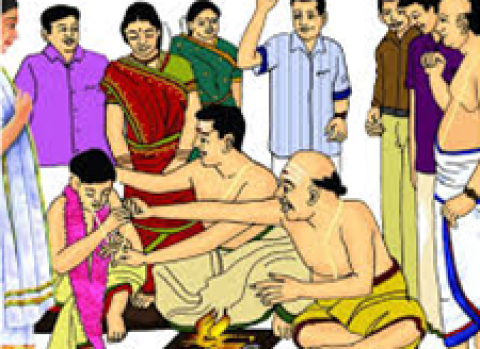
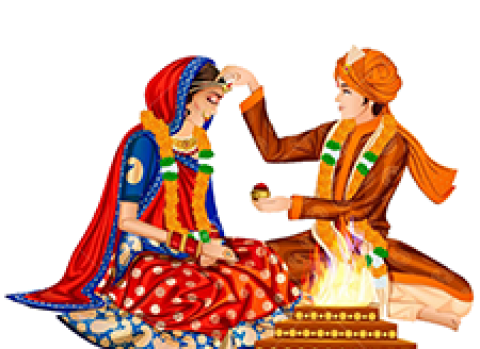
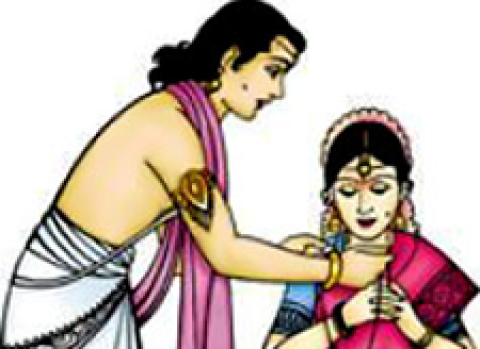
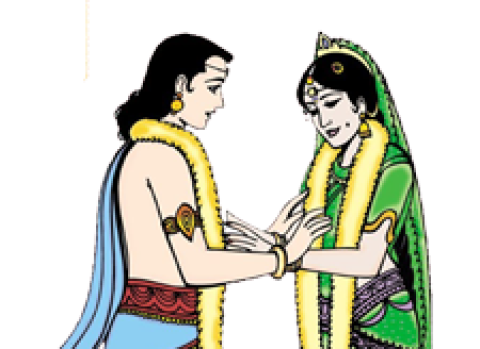
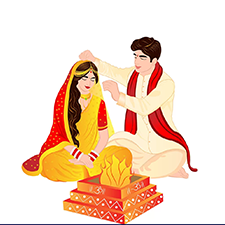
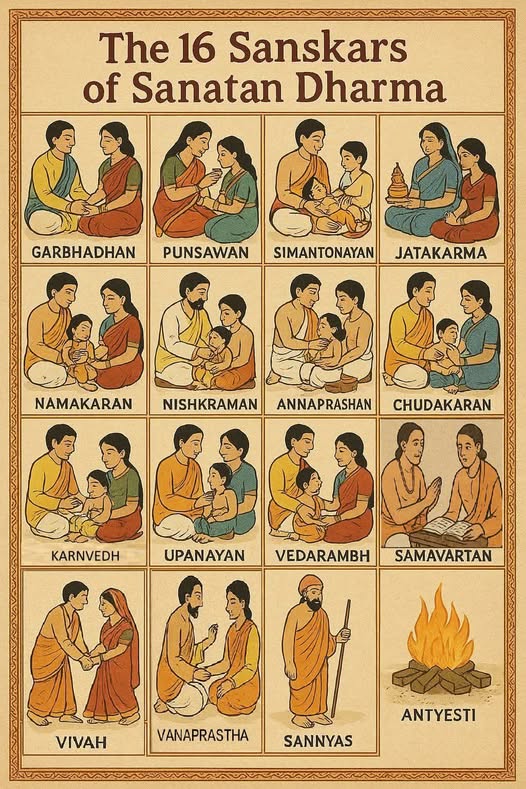
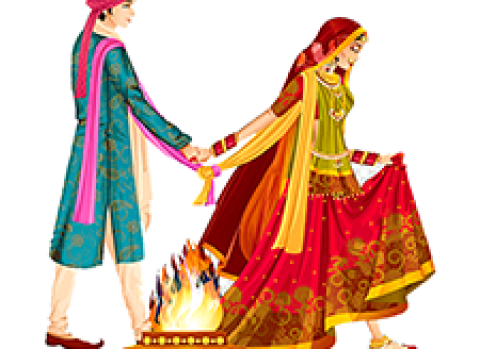
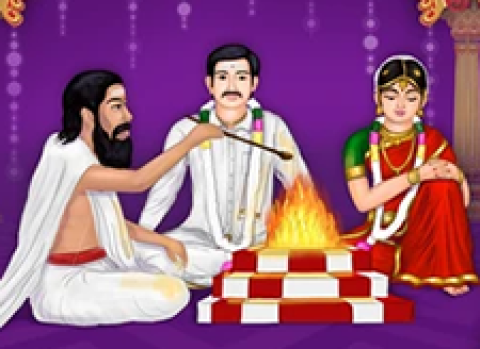
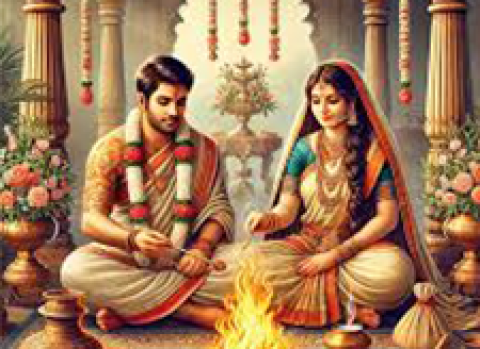
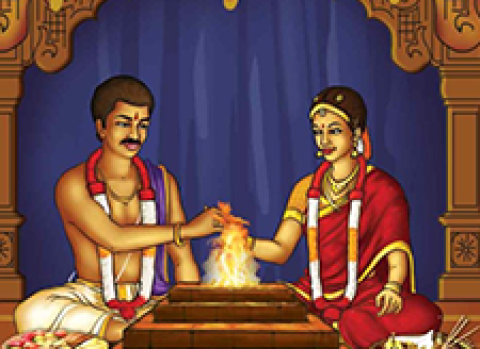
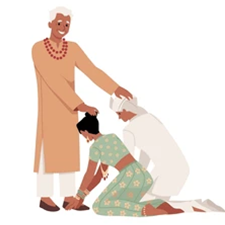
The Vedic wedding pooja is a timeless celebration of love, commitment, and spiritual unity. It binds not just two individuals, but two families, in a sacred bond that transcends lifetimes.
A Vedic wedding is not merely a celebration—it is a spiritual journey where two souls unite under the guidance of divine forces. Rooted in ancient scriptures, the rituals are performed with precision, devotion, and reverence, led by a learned priest who invokes blessings from the cosmos.
The Ganapati Pooja is performed at the very start of the wedding rituals to invoke the blessings of Lord Ganesha, the remover of obstacles (Vighnaharta) and the deity of wisdom, beginnings, and auspiciousness. In Hindu tradition, no ceremony or spiritual undertaking begins without first honoring Ganesha, ensuring that the path ahead is smooth, harmonious, and divinely guided. It’s Important in Weddings
Punyahavachanam is a sacred purification ceremony performed before any major Vedic ritual, especially weddings. Its purpose is to cleanse the environment, sanctify the participants, and invoke divine energies to ensure that the wedding rituals are conducted in a spiritually pure and auspicious atmosphere. It is essentially a declaration of sacredness, transforming the physical space into a spiritually charged zone. The word Punyahavachanam comes from “Punya” – sacred or auspicious and “Avachanam” – declaration or invocation
These rituals are performed to invoke divine protection for the bride and groom as they prepare to enter the sacred bond of marriage. They symbolize spiritual shielding, emotional strength, and the sanctity of the union. In the wedding context, Raksha Bandhan refers to the tying of a protective thread (raksha sutra) by the priest or family member to ward off negative energies. The ritual Kankan Dharanam of tying a sacred thread (kankanam) on the wrist of the bride and groom, signifying their readiness to perform sacred duties and receive divine blessings.
Vara Puja is a ceremonial welcome extended to the groom by the bride’s family. It is a gesture of respect, honor, and acceptance, symbolizing the beginning of the union between two families. In Vedic tradition, the groom is considered a manifestation of Lord Vishnu, and his arrival is treated with reverence and joy. This ritual marks the formal entry of the groom into the wedding mandap, and sets the tone for the sacred proceedings that follow.
Kanya Aagaman marks the formal entrance of the bride into the wedding mandap (ceremonial stage). It is a moment of grace, beauty, and spiritual symbolism, representing the bride’s transition from her maiden life into the sacred bond of marriage. In Vedic tradition, the bride is considered a manifestation of Goddess Lakshmi, the embodiment of prosperity, purity, and auspiciousness. Her arrival is celebrated with reverence, music, and heartfelt emotion.
Kanyadaan is considered one of the highest forms of daan (charitable giving) in Hindu tradition. It is the moment when the bride’s parents, especially the father, formally offer their daughter to the groom in marriage. This act is not just symbolic—it is deeply spiritual, representing the transfer of responsibility, trust, and blessings from one family to another. In Vedic philosophy, the daughter is seen as a divine gift, and giving her away in marriage is an act of selfless love and dharma.
Panigrahanam literally means “holding the hand.” It is the ritual where the groom formally accepts the bride as his life partner in the presence of sacred fire (Agni) and divine witnesses. This act is not just symbolic—it is a spiritual commitment to uphold dharma (righteousness), offer protection, and walk together through life’s journey. In Vedic tradition, this moment marks the beginning of the couple’s union, where the groom pledges to honor, cherish, and support the bride in all aspects of life.
These rituals mark the formal sanctification of the marital bond. The groom adorns the bride with two powerful symbols of Hindu matrimony. Mangalsutra is sacred necklace symbolizing marital commitment, protection, and auspiciousness. Sindoor (Vermilion) is red powder applied to the bride’s hair parting, signifying her status as a married woman and invoking divine blessings. Together, these acts represent the groom’s vow to protect, honor, and cherish the bride, and the bride’s acceptance of her new role as a wife. The Mangalsutra is a necklace made of black beads and gold, often with symbolic pendants representing Lakshmi, Shiva, or other deities. It is blessed by the priest during the wedding rituals. The groom ties the Mangalsutra around the bride’s neck, usually with three knots. Each knot represents: Devotion to God, Commitment to the husband, Respect for family and society. The groom applies Sindoor (vermilion) in the bride’s hair parting (maang). This act is deeply symbolic, representing the bride’s transition into married life.
Saptapadi (from Sanskrit: sapta = seven, padi = steps) is the ritual where the bride and groom take seven steps together around the sacred fire (Agni). Each step represents a vow that the couple makes to each other, forming the spiritual and emotional foundation of their marriage. This ritual signifies the beginning of their journey as life partners, walking together in harmony, mutual respect, and shared purpose. The groom leads the bride by holding her hand or placing his hand on her shoulder. With each step, the priest recites a specific mantra, and the couple makes a vow.
Step 1 – Nourishment
Vow: “Together, we will provide for each other and our family.”
Step 2 – Strength
Vow: “Together, we will develop physical, mental, and spiritual strength.”
Represents mutual support and resilience.
Step 3 – Prosperity
Vow: “Together, we will earn and manage wealth ethically and wisely.”
Focuses on financial stability and shared responsibility.
Step 4 – Happiness
Vow: “Together, we will bring joy and harmony into our lives.”
Emphasizes emotional well-being and companionship.
Step 5 – Family
Vow: “Together, we will raise virtuous children and uphold family values.”
Represents the desire for a loving and dharmic family life.
Step 6 – Health
Vow: “Together, we will care for each other in sickness and health.”
Step 7 – Friendship & Loyalty
Vow: “Together, we will remain lifelong friends, loyal and devoted.”
Laja Homam is a sacred fire ritual performed during the wedding to invoke prosperity, fertility, and divine blessings for the newlyweds. The word “Laja” means puffed rice, and “Homam” refers to the fire offering. This ritual symbolizes the bride’s prayer for a prosperous and harmonious married life, and her integration into the groom’s family. It is one of the most emotionally resonant and spiritually rich moments in the wedding, where the bride, supported by her brothers or close male relatives, offers her first prayer as a married woman.
Agni Pradakshina is the ritual where the bride and groom walk around the sacred fire (Agni), symbolizing their journey together as husband and wife. Agni, the fire deity, is considered the divine witness to the marriage, and the act of circling the fire represents the couple’s commitment to dharma (righteous living), mutual support, and spiritual unity. This ritual is often performed after the Saptapadi (Seven Steps) and is one of the final acts that sanctify the marriage. A Homa Kundam (fire altar) is prepared with wood, ghee, and sacred herbs. The priest invokes Agni Deva through Vedic mantras, transforming the fire into a divine presence. The couple walks clockwise around the fire, usually three or four times, depending on regional customs. The groom leads the bride in the first few rounds, symbolizing his role as protector and guide. In some traditions, the bride leads the final round, symbolizing equality and shared leadership.
Ashirvad (from Sanskrit: āśīrvāda) means blessing. It is the final and most emotionally resonant ritual of the wedding, where the newlywed couple receives blessings from elders, family members, and the priest. These blessings are meant to guide the couple toward a life of harmony, prosperity, dharma, and spiritual growth. In Vedic tradition, the blessings of elders are considered equivalent to divine grace, as they carry the wisdom of experience and the power of heartfelt intention.
When planning a sacred occasion like a wedding, choosing the right spiritual guide is as important as selecting the venue or attire. At Jyothirvaani / Sri Veda Gayathri Jyothishalayam, Sri Sharath Chandra Sharma brings decades of experience, deep Vedic knowledge, and heartfelt devotion to every ceremony he conducts.
Every pooja is performed strictly according to Vedic scriptures, ensuring spiritual purity and cosmic alignment. With over two decades of service, Sri Sharma has conducted thousands of weddings, homams, and sacred ceremonies across India and abroad. From muhurtham fixing to dosha remedies, he offers tailored spiritual solutions based on your horoscope and family traditions.
Whether you’re planning a traditional ceremony or a modern fusion wedding, Sri Sharath Chandra Sharma ensures that your rituals are not just performed—but experienced with devotion, clarity, and divine grace. Book your consultation today and begin your journey with blessings that last a lifetime.

It is my personal experience for my home vasthu Pooja…he done vaasthu Pooja for my home great experience so much of patience he have. Highly recommended

I went here for small issue it solved highly recommended, and he is very genuine person

It’s a very powerful place in astrology in Hyderabad and Andrapradesh..Sharatchandra Sharma is powerful guruge..om shanti🙏🙏🙏

One of the genuine astrologer Solved my problems with simple remedys Well responce